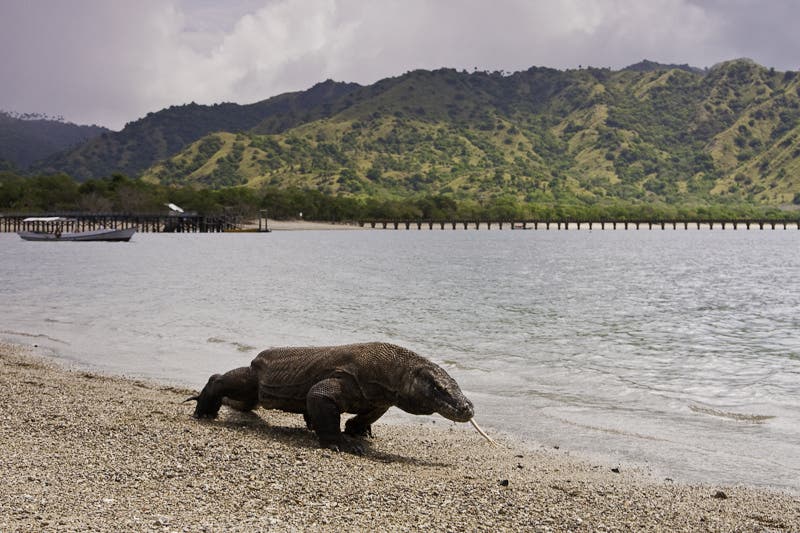Nothing on Earth is safe from human activity — not even the sites we ourselves designed for protection and preservation.

Natural World Heritage Sites (NWHS) are formally designated by the United Nations as containing some of the Earth’s most valuable natural assets. These are nature’s “best of the best”, the most pristine and delicate habitats on our planet, but we’re damaging many of them. According to this new study published in Biological Conservation, 63% of sites that could be analysed witnessed increased stress from human activities since 1993. This includes pressure from roads, living infrastructure, and agriculture. It gets even worse: out of all the sites which contain forests, 91% of then experienced some kind of forest loss.
The study authors write:
“We found that on average human pressure increased faster and more forest loss occurred in areas surrounding NWHS, suggesting they are becoming increasingly isolated and are under threat from processes occurring outside their borders. While some NWHS such as the SinharajaForestReserve and ManaPoolsNationalPark showed minimal change in forest loss or human pressure, they are in the minority and our results also suggest many NWHS are rapidly deteriorating and are more threatened than previously thought.”
Sites in Asia were generally the most affected, with the Manas wildlife sanctuary in India having the most problems. Manas Wildlife Sanctuary is located in the State of Assam in North-East India, a biodiversity hotspot. Covering an area of 39,100 hectares, its scenic beauty hosts scores of endangered species including tigers, greater one-horned rhinos, swamp deer, pygmy hogs, and Bengal florican. The Komodo national park in Indonesia, another emblematic site, experienced drastic changes as well. The park, which hosts 5,700 Komodo dragons that exist nowhere else in the world, is flocked by thousands of tourists each month.

Good news for Europe
The prognosis is dire for most parks, but there were also encouraging news. In Europe, human pressure declined significantly. The Danube Delta in Romania had the best results. The average Human Footprint (an index often used to characterize human impact on protected areas) dropped from 13.9 to 4.5.

The lead author on the paper, James Allan from the University of Queensland said that this is not really enough to be satisfied, and the rest of the world should start appreciating these sites to their true value.
“The world would never accept the Acropolis being knocked down, nor a couple of pyramids being flattened for housing estates or roads, yet, right now, across our planet, we are letting many of our natural world heritage sites be fundamentally altered,” Allan said.
He also urged national and international communities to stand up and start defending these areas, referring in particular to the upcoming Unesco world heritage committee meeting in Poland.
“It is clearly time for the global community to stand up and hold governments to account so that they take the conservation of natural world heritage sites seriously,” he said. “We urge the world heritage committee to immediately assess the highly threatened sites we have identified.”


